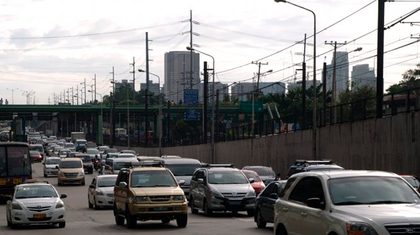SUMMARY
This is AI generated summarization, which may have errors. For context, always refer to the full article.

MANILA, Philippines – Make Metropolitan Manila and its environs at par with other urban centers in East Asia. This is the aim of a new 20-year strategy soon to be formulated by a team of government and multilateral agencies.
The “Metro Manila Greenprint 2030” will be a plan to transform the metropolis into a “highly competitve East Asian metropolis that promotes a higher standard of living for its residents,” the World Bank announced Tuesday, March 6.
Greenprint 2030, to be completed by June 2013, will give a framework that will help streamline management of different aspects in the metropolis.
It will include plans on how the National Capital Region’s 17 local government units, as well as surrounding LGUs in Central and Southern Luzon, will work together.
Greenprint will be developed in 2 phases.
The first one will involve workshops for stakeholders, where they will hep formulate what the plan will contain. The second stage is the actual preparation of the strategy, for approval by June 2013, the World Bank said.
It will be “broad-stroke document which aims to look strategically into the future, and provide a long-term direction to guide actions of bot public and private sectos to help Metro Manila rise up to its potential,” Metro Manila Development Authority (MMDA) chairman Francis Tolentino said.
The plan is being formulated by a team of government agencies, local government units, and multilateral agencies, led by the MMDA, and includes the World Bank, Australian Agency for International Development (AusAID), and the Japanese government.
Financial support for the project is coming from an AusAID trust fund, and the World Bank’s East Asia Eco2 Cities program. – Rappler.com
Add a comment
How does this make you feel?
There are no comments yet. Add your comment to start the conversation.